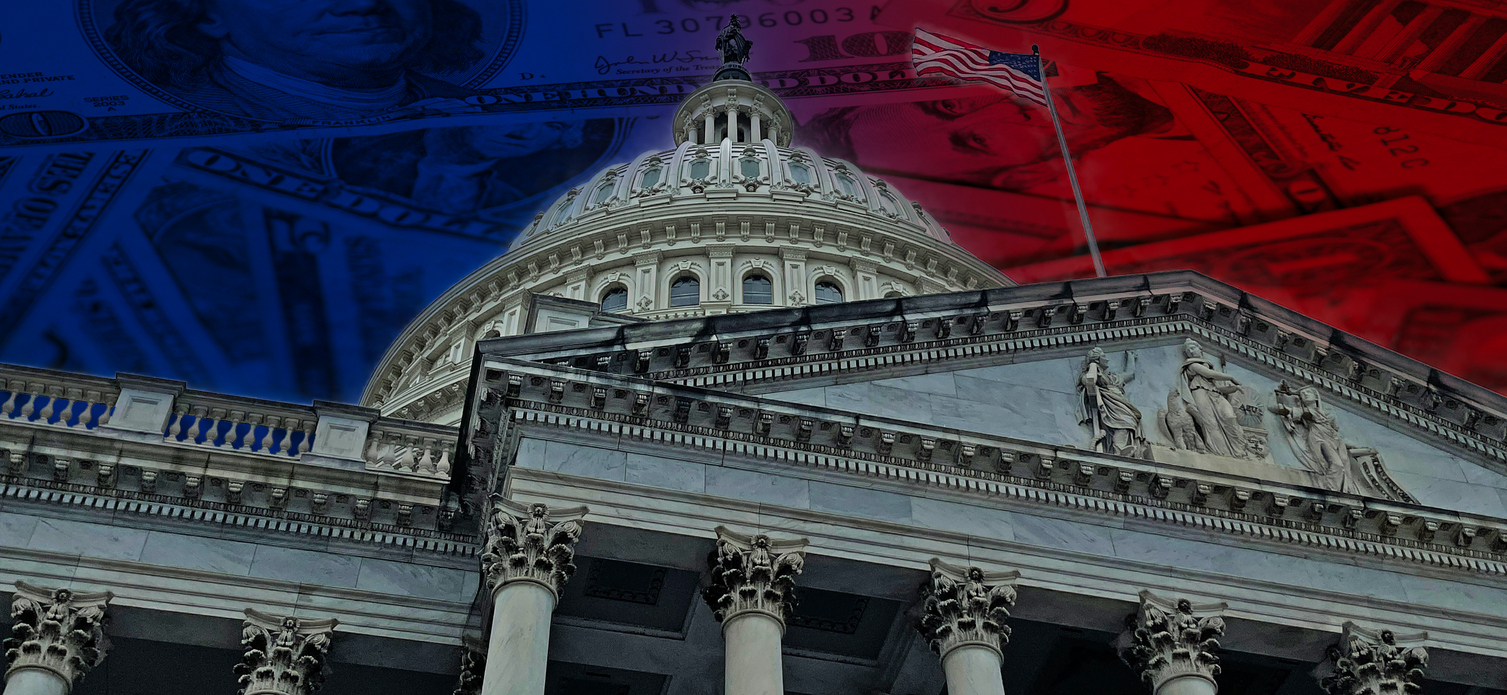Enhanced Retirement Landscape: Exploring Secure Act 2.0’s Impact on Tax-Favored Plans
-
TaxWealth
-
Feb 13, 2024

Source: Newburg & Company
The legislative landscape surrounding retirement plans has undergone a significant transformation with the introduction of the Secure Act 2.0. Nestled within Division T of H.R. 2617, known as the “Consolidated Appropriations Act, 2023,” this legislation brings forth substantial changes to tax-favored retirement accounts. This article provides a comprehensive overview of the key modifications, including delays in required minimum distributions (RMDs), more generous catch-up contributions, and an expansion of automatic enrollment in employer plans.
The first iteration of the Secure Act was enacted in 2019, and there has been a concerted effort by Congress to build upon those reforms. Despite the current Congressional gridlock, the bipartisan support for this bill underscores its importance in assisting taxpayers in bolstering their retirement savings. This is particularly crucial given the alarming statistics revealing inadequacies in many individuals’ retirement funds.
As of 2020, Census Bureau figures indicate that 34.6% of working-age individuals possess 401(k)-style accounts, 18% own an IRA or Keogh account, and 13.5% have a defined-benefit or cash balance plan. Notably, there is significant inequality among account holders, with baby boomers, men, and non-Hispanic White and Asian individuals being more likely to own retirement accounts. While certain amendments target underrepresented groups, others, like the increased age for required distributions, benefit higher-income taxpayers.
1. Delayed RMDs: Secure Act 2.0 raises the age for required distributions incrementally from 72 to 75 over a ten-year period, commencing with an increase to age 73 in January 2023 and culminating in a shift to age 75 by 2033. This alteration allows taxpayers to extend their savings window and defer taxes on their accounts.
2. Penalty Changes: The legislation reduces penalties for excess contributions and failing to take required distributions. Notably, the penalty for the latter is lowered from 50% to 25%.
3. More Generous Catch-Up Contributions: Starting in 2025, taxpayers aged 60 to 63 can contribute an extra $10,000 annually towards their 401(k)s, up from the current $7,500. Catch-up contribution limits will be adjusted for inflation, but contributions exceeding $145,000 will be treated as Roth contributions.
4. Rollovers from 529 Plans to Roths: Beneficiaries of Sec. 529 education savings plans can make tax-free and penalty-free direct rollovers to a Roth IRA after 2023, subject to annual limits and the 15-year age requirement for the 529 plan.
5. Automatic Enrollment: Starting in 2025, employers are mandated to enroll employees in 401(k) and 403(b) plans, with minimum contributions of 3%. Employees can opt-out, and contributions increase by 1% annually until reaching 10%, capped at 15%.
6. Earlier Coverage for Part-Time Workers: Part-time workers become eligible for company retirement plans in two consecutive years instead of three, provided they work 500 hours or more each year, starting in 2025.
7. Early Withdrawals and Emergency Savings Accounts: Secure Act 2.0 introduces penalty-free emergency withdrawals of up to $1,000 annually, allowing repayment over three years. Employers can establish emergency savings account programs for after-tax contributions.
8. Student Loans Paydowns: From 2024, individuals can treat student loan payments as elective deferrals to their retirement plans while still receiving employer matching contributions.
9. New Starter Retirement Plans: Two new plans encourage employers to establish retirement plans without matching contributions, limiting annual elective contributions to $6,000, with catch-up contributions for those aged 50 or older.
10. Credit for Small Employers: The credit for establishing a retirement plan is increased to 100% for employers with 50 or fewer employees for the first three years. An additional credit is available for employer contributions for the first 5 years.
11. Qualified Longevity Annuity Contracts: Rules for qualified longevity annuity contracts are relaxed, repealing the 25% premium limit and increasing the premium limitation to $200,000.
12. Income Limits Increased for Savers’ Credit: Effective after 2026, the Act raises the income limit for eligibility for the savers’ credit, converting it into a federal matching contribution.
13. National Lost Retirement Account Database: To facilitate locating lost retirement accounts, a searchable national database, “Retirement Savings Lost and Found,” will be created within two years.
While Secure Act 2.0 introduces changes that ease burdens on employers and incentivize employee participation, some provisions may pose new challenges. Employers should be prepared for automatic enrollment requirements and quicker qualification for part-time workers. The overall response from the financial and benefits plan industries has been positive, with widespread support for the changes.
In conclusion, the Secure Act 2.0 represents a substantial step towards enhancing retirement savings, reducing burdens on businesses, and encouraging broader participation in tax-favored retirement plans. The diverse set of provisions within this legislation will necessitate careful consideration and planning by both individuals and employers. Consulting with a tax advisor will be essential to fully grasp the impact of these changes on specific circumstances.